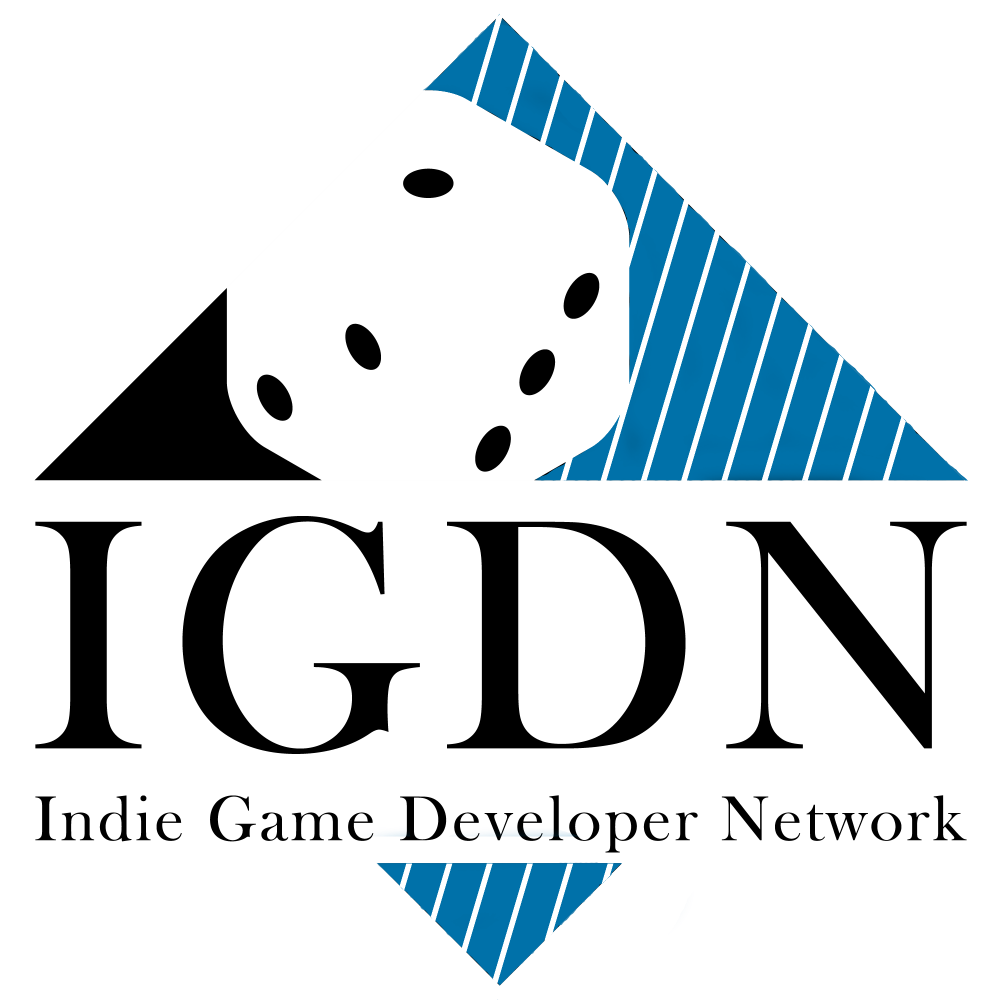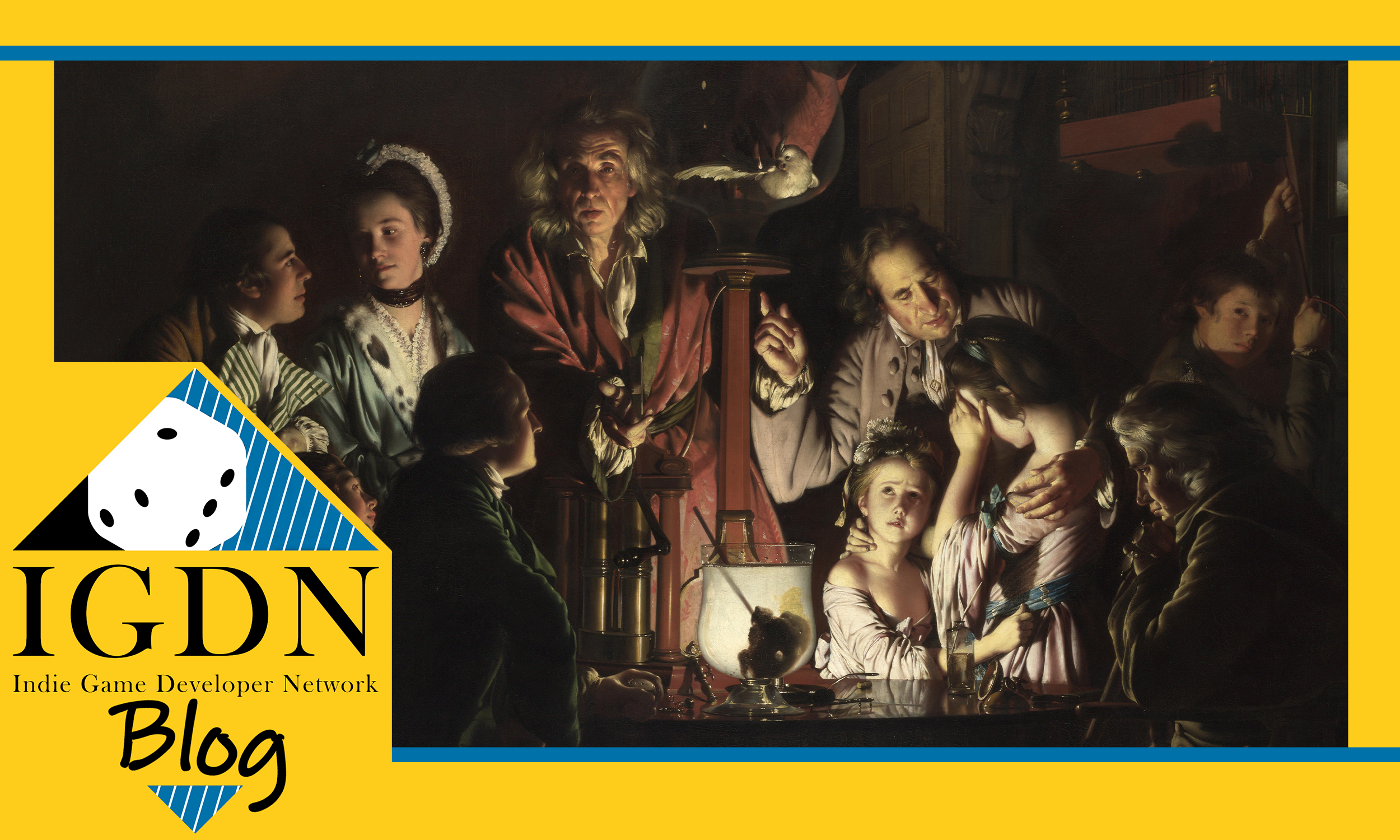World Building For Game Designers Lesson Eight: Reality Is Your Source
Image credit: An Experiment On a Bird in The Air Pump, Joseph Wright of Derby, 1768
World Building For Game Designers
Lesson Eight: Reality Is Your Source
Steve Dee
WBGD is a series of lessons on world building in general and for game designers in particular by multi-award winning game designer and world-builder Steve Dee. Each lesson stands alone or can be read in a series. Each entry ends with an exercise for the reader to stretch their world building skills, examine their world and look for ways to improve it, or as a prompt to solve problems they have encountered in their creations
“Truth is always stranger than fiction, but it is because fiction has to make sense to the author. The truth has to answer to nobody.” – Mark Twain
In Lesson Seven we talked about how realism can be a bugbear, a hobgoblin born of tiny minds that only impedes worldbuilding. But realism’s enemy is reality, because reality is often very unrealistic and highly unbelievable. And the enemy of your enemy is your friend.
In Lesson Six we talked about asking questions of a setting, focusing on the question of fishing. We asked whether the fish might fit into an ecosystem, and a food chain, and what does it mean if they do and what does it mean if they don’t? Many settings do not ask these kinds of questions, and sometimes for very good reasons. Monsters of literature, myth, and modern cinema rarely exist in an ecosystem; they certainly didn’t when they were the beliefs and superstitions of a historical age, either. Pondering ecosystems could be considered a complete category mistake; applying modern scientific reasoning to things never designed to fit into such modes or withstand such scrutiny.
On the other hand, plenty of times monsters exist in settings just so there is something to fight. Lazy, unjustified things are not the same as genre-appropriate non-scientific explanations. A lot of fantasy settings are boring as hell because elements in them exist simply because they’re supposed to exist, because every other setting has them. They have no meaning to them or point to any idea or concept. Nor do they enrich the world by being connected to it at several levels, to the cultures and peoples. If things don’t have background, a place, a meaning, a connection, or if things don’t operate or act in a way that feels realistic, then they don’t feel real. As we said last lesson, rules and internal consistency matter. Things being connected to each other matters.
And the best place to find a bunch of rules and connection between things is in reality itself—the world around us, that we instinctively know. We know that if there are fish, there must be something for them to eat. So, a dragon in a dungeon without a food source strikes a false note. The depth and sense of wonder in The Lion, The Witch and The Wardrobe are of course not at all improved by considering what manner of international trade provides the tea for Mr Tumnus’ tea party, because that setting isn’t about those questions. On the other hand, if you want to later make a story about geopolitics in that world, you might be in trouble because you’ve established there is some kind of far off Asia and Prince Caspian must have been trading with them.
This is another way of thinking about Lesson Five: what do setting elements imply? How do we learn and get inspiration for what things might imply? And indeed, what things might exist at all? The answer is the world around us. Reality is your dream sourcebook: stuffed full of the absolutely weirdest things imaginable and all of it freely available at your library or looking out your window. Just as the artist finds inspiration in every aspect of their life, so too is every aspect of life a source for worldbuilding.
This doesn’t mean you have to read hundreds of books on history, anthropology or indeed ecosystems and food chains. I personally read extremely slowly, and hate doing research from books. But I do enjoy a good Wikipedia article and bouncing around the Internet following links, finding connections and gathering surface information. I also love going to museums, art galleries, and zoos, and reading what are called “didactic panels” in the trade. That’s my preference. Some folks love video, and Youtube—at least for now—is a haven of excellently researched and well-taught non-fiction material and visual essays. So are a lot of Twitter feeds, which hopefully will be reborn on new platforms. There will be a way of researching things that fits your style.
Finding your way to research is key, but of course it doesn’t stop there. With a curious spirit, learning is everywhere and life is research, if you let it be. Participating in your favourite pastime leads you to learn more about it. Enjoying your favourite forms of entertainment does the same. You don’t have to study the history of wrestling to enjoy a match or know how to make tea to enjoy a good cuppa, but slowly these things will seep in around the edges if you let them. You might think this is no use in creating your world, but like any art form what you know is what you build. I guarantee you that your world will be improved with a mysterious eastern herb, formal drinking ceremonies, superstitions about putting an additive in first and holding your hand a certain way to indicate your upbringing. Not to mention an art form based around theatrical fictional combat, rich with character and soap opera.
Once you start seeing how this works, it gets easier and easier, and the more you know, the more you can draw on. If you know how a dozen empires fell, your falling empire can draw on that to feel realistic. If you know how a dozen species seek mates and breed and raise their young, your fictional creatures (and even playable ancestries) can be inspired by those. Your beasts will suddenly be flush with ecosystems instead of cliches standing around waiting to be slain; your elves no longer storybook cliches stuck in amber to be repeated over and over in each new age. All your elements of your world will be full of the heft of truth, the familiarity of the things we know and are taught in school, the believability of what we see all around us.
There’s a stigma often applied to people who look deeply at things: it can be seen as sucking all the fun out to examine things with a critical lens. But if you want to be a world builder, you must be addicted to this world. Also, the reason those people are stigmatized is typically because they insist on informing others. A better thing to do is to always be asking other people questions. Humble curiosity is something everyone finds flattering and will always be rewarded. The world is full of people just waiting for you to ask them questions.
This also has another benefit as well, which we’ll talk about next Lesson.
Exercise: Go to Wikipedia and generate a random page and learn something you never knew before. Then think of how it could be something in your setting or any setting. It might inspire a creature, a faction, a country, a character, a practice, a moment in history, a trend, a style – whatever you like.
This article is part of the Indie Game Developer Network's blog series. The opinions and views expressed in this article are those of the author and do not necessarily reflect the opinions and views of the IGDN or its members.

